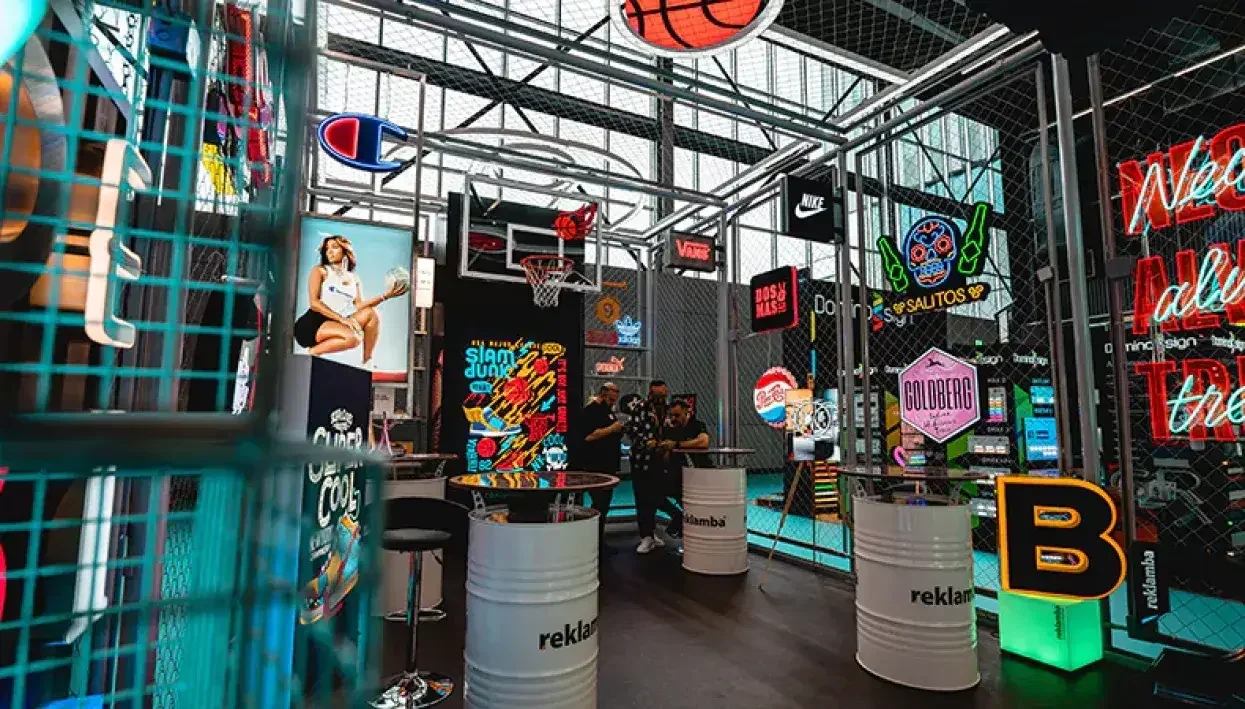Signage
Wide Format Printing
From LCD to micro LED – looking towards the future of signage
Author
FESPA Staff
Published Date
18/04/2024
Become a FESPA Member
to Continue Reading
